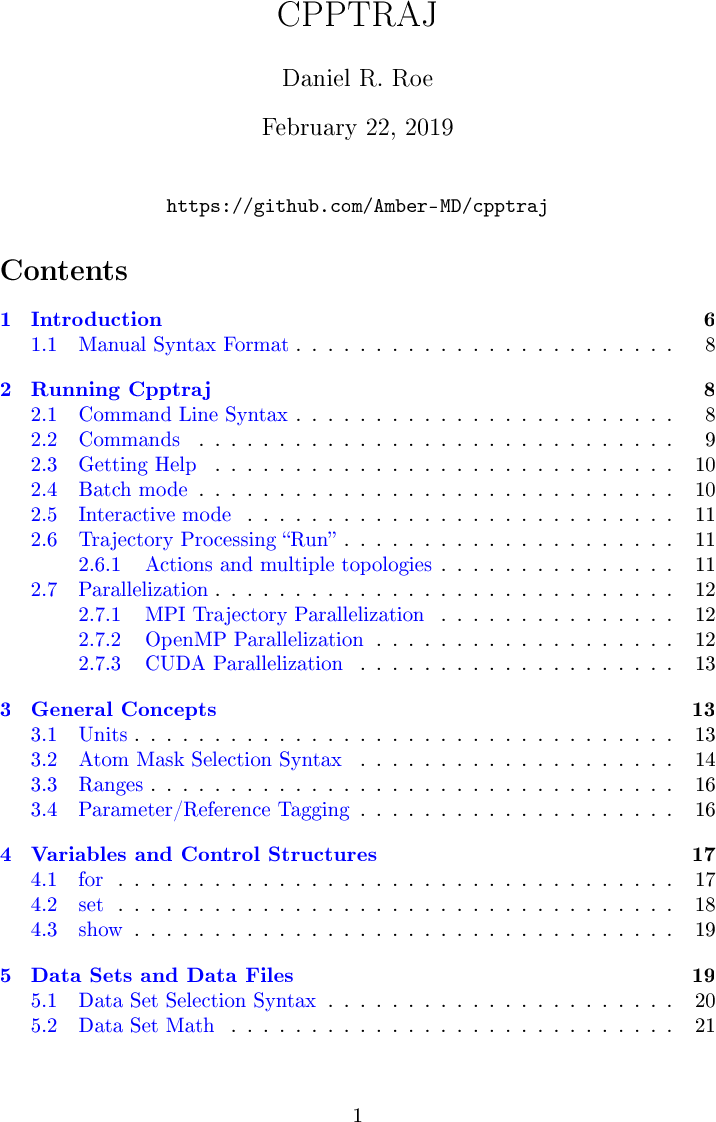

The imaging parameters for the EP-DWI were as follows: TR/TE = 3000/62 ms, b factors = 0, 500 s/mm 2 (anteroposterior direction), sensitivity encoding factor = 2.5, FOV = 240 mm, matrix = 160 × 128, section thickness/gap = 3/0 mm, voxel size = 1.5 × 1.9 × 3 mm 3, number of signal averages = 2, and acquisition time = 48 seconds. The imaging parameters for the DSDE-TFE were as follows: TR/TE = 6.2/3 ms, flip angle = 10°, echo-train length = 75, b factors = 0, 500 s/mm 2, sensitivity-encoding factor = 2, FOV = 240 mm, voxel size = 1.5 × 1.5 × 1.5 mm 3, number of signal averages = 2, and acquisition time = 5 minutes 22 seconds. To eliminate T1 effects in the acquired signal by TFE, we used a phase-cycling scheme. 11, 15 Data acquisition by using TFE was performed immediately after the DSDE preparation. Adiabatic refocusing pulses and additional gradients inserted in front of the sequence were used to reduce B0 and B1 inhomogeneity and eddy current effects. DSDE preparation was originally developed to reduce distortion in the imaging of peripheral nerves, 11 and it was then optimized for skull base imaging in the present study. 14 Compared with motion-sensitized driven-equilibrium preparation, the DSDE-prepared sequence has stronger motion-sensitizing gradients, which enable diffusion-weighting in the anteroposterior direction. 12, 13 Motion-sensitized driven-equilibrium preparation has also been applied to brain imaging for the detection of metastatic tumors.

11 The DSDE preparation is an extension of the motion-sensitized driven-equilibrium preparation, which has been used for black-blood imaging of large vessels. The DSDE-TFE has 2 distinct components: first, the DSDE preparation and, second, the segmented 3D TFE data acquisition. Figure 1 shows a diagram of our DSDE preparation sequence.

Therefore, the purpose of this study was to evaluate the feasibility of DSDE-TFE in evaluating diffusivity in the normal pituitary gland.Īll participants underwent MR imaging with a 3T system (Achieva Quasar Dual Philips, Best, the Netherlands) with an 8-channel head coil. 11 To our knowledge, to date, the diffusivity of the normal pituitary gland has not been fully evaluated, especially in those glands surrounded by aerated sphenoid sinuses. 3 ⇓ ⇓ ⇓– 7 Compared with EP-DWI, 3D diffusion-sensitized driven-equilibrium turbo field echo (DSDE-TFE) obtained DWI has higher spatial resolution and fewer susceptibility artifacts. Previous studies have revealed the efficacy of DWI for skull base tumors such as pituitary adenoma however, they are mostly limited to macroadenomas large enough to calculate the ADC by using EP sequences.

1 ⇓ ⇓ ⇓ ⇓ ⇓ ⇓ ⇓ ⇓– 10 However, it is difficult to evaluate skull base structures by the most common imaging technique used with echo-planar (EP)-DWI.
EQUILIBRIUM 3D SOFTWARE SOFTWARE
In the special field of liver surgery, several 3D modeling software products are available for computer simulations and training purposes and augmented reality.ABBREVIATIONS: DSDE diffusion-sensitized driven-equilibrium EP echo-planar TFE turbo field echoĭWI is widely used to diagnose cerebrovascular diseases, intracranial tumors, and inflammation. The use of augmented reality before an endovascular procedure allows pre-treatment simulation, assisting in pre-operative planning as well as surgical training. To image the arterial system, the aim of 3D modeling is to precisely assess and quantify the arterial morphology. Another kind of modeling (mathematical modeling) is used to simulate the venous functions, and virtually tests the efficacy of any proposed treatments. It is also a fine educational tool for students who learn venous anatomy, the most complex of the human body. The 3D modeling of the vascular system could be achieved in different ways: In the venous location, the morphological modeling by MSCT venography is used to image the venous system: this morphological modeling tool accurately investigates the 3D morphology of the venous network of our patients with chronic venous disease.


 0 kommentar(er)
0 kommentar(er)
